Maintaining a balance bike for 2-year-olds is relatively straightforward but essential to ensure it remains safe, functional, and comfortable for young riders. Regular maintenance can extend the life of the bike and ensure it continues to support a child’s development. Here's a guide to the maintenance required and tips on how parents can keep the bike in good condition:
1. Check the Tires
Air Pressure (if applicable): If the balance bike has air-filled tires, check the air pressure regularly, especially before each ride. Low air pressure can affect stability and comfort, making it harder for the child to ride.
Tire Wear: Inspect the tires for wear and tear, including any cuts, punctures, or excessive flattening. Replace tires if they become damaged or overly worn to ensure safe riding.
Solid Tires: If the bike has solid foam tires, check for any cracks or signs of compression. While these require less frequent maintenance, they may degrade over time and need replacement.
2. Inspect the Frame
Look for Cracks or Damage: Regularly inspect the frame for any signs of cracks, dents, or structural damage. The frame should be sturdy enough to handle the rough use typical with young children. If you notice any damage, consider replacing the bike or contacting the manufacturer for advice.
Check for Rust: If the bike is used outdoors frequently, check for signs of rust, particularly around metal components. Keep the bike dry and store it in a sheltered place when not in use to minimize rusting.
3. Tighten Bolts and Screws
Regular Check of Fasteners: The seat, handlebars, and other components may loosen over time with use. Check all bolts, screws, and fasteners periodically to ensure they’re securely tightened. Loose parts can lead to instability or discomfort for the child.
Ensure Proper Alignment: Make sure that the handlebars and wheels are properly aligned to avoid unnecessary wear or handling difficulties.
4. Lubricate Moving Parts
Check the Bearings: Lubricate the wheel bearings, handlebars, and any other moving parts with a light grease or lubricant designed for bikes. This reduces friction, making it easier for the child to control the bike, and prevents wear.
Handlebar Adjustment Mechanism: If the bike has adjustable handlebars, ensure the mechanism moves smoothly and is properly lubricated to maintain ease of adjustment.
5. Inspect the Seat and Handlebar Adjustments
Check Seat Height: As your child grows, you’ll need to adjust the seat to maintain the correct riding position. Check that the seat adjustment mechanism works smoothly and that the seat is firmly locked in place.
Handlebar Adjustments: Similarly, if the handlebars are adjustable, ensure they’re set at an appropriate height and that they remain secure once adjusted.
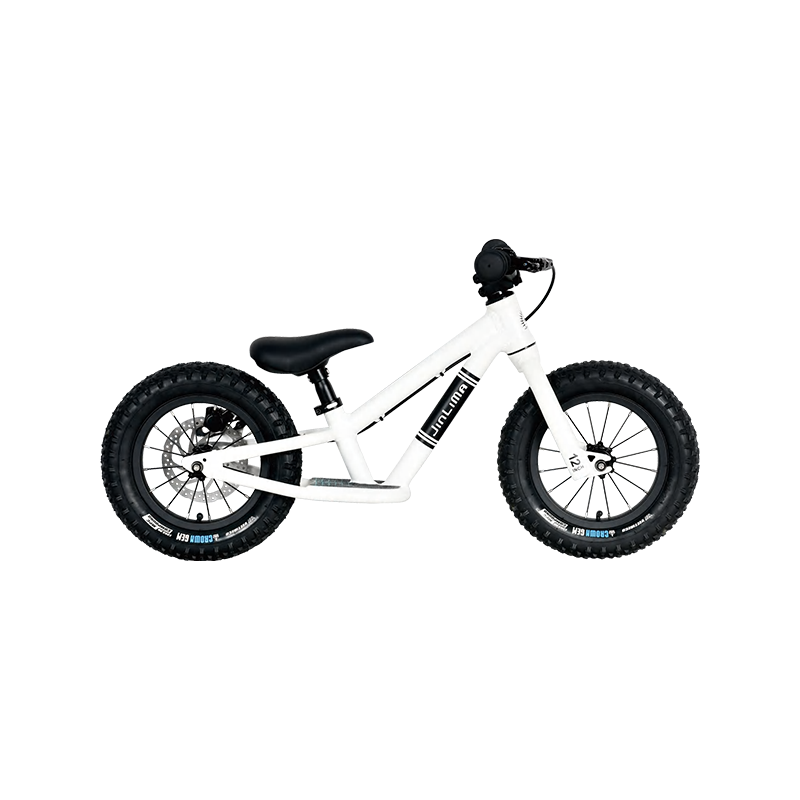
6. Clean the Bike Regularly
Wipe Down the Frame: Keep the bike clean by wiping down the frame, wheels, and handlebars with a damp cloth. Use a mild soap solution to remove dirt or sticky residue that may accumulate from outdoor riding.
Clean the Tires: For air-filled tires, remove any mud, dirt, or debris from the tread, which can affect traction. For solid tires, ensure there’s no buildup of dirt that could affect performance.
7. Storage Considerations
Store Indoors When Not in Use: Store the bike in a dry, cool place, preferably indoors, to protect it from the elements. Exposure to rain or humidity can cause rust, weaken materials, and affect the bike’s longevity.
Avoid Extreme Heat or Cold: Don’t leave the bike in direct sunlight for extended periods, as this can cause parts to fade, crack, or deteriorate. Similarly, avoid storing the bike in extreme cold, which could make plastic components brittle.
8. Check for Wear on the Footrests
Inspect the Footrests: The footrests are where the child may place their feet while gliding. These can wear down over time, especially if the child uses them frequently. Check that they’re still secure and functional. If they’re damaged or worn out, replace them as needed.
9. Monitor the Child’s Riding Behavior
Ensure Proper Riding Posture: Encourage your child to sit properly and use the bike as intended (i.e., not standing on the frame or using the handlebars as a handle). This ensures the bike doesn’t experience undue stress or misuse that could lead to premature wear.
10. Replacement of Parts
Spare Parts Availability: Some parts, such as tires, seats, or grips, may need to be replaced as the bike is used over time. Check with the manufacturer or retailer for spare parts or replacement options to maintain the bike in optimal condition.


 0
0


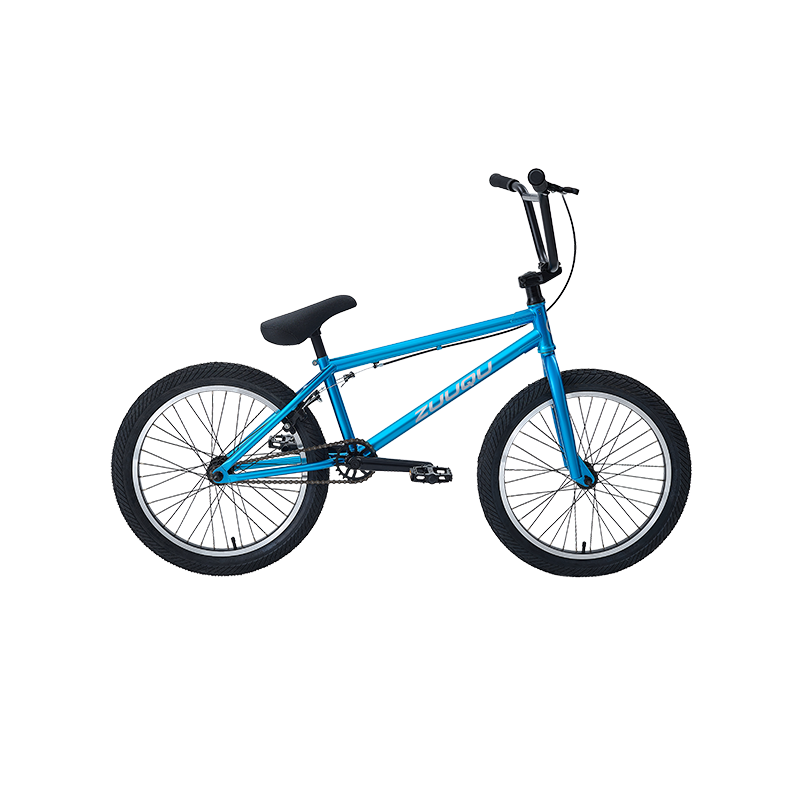

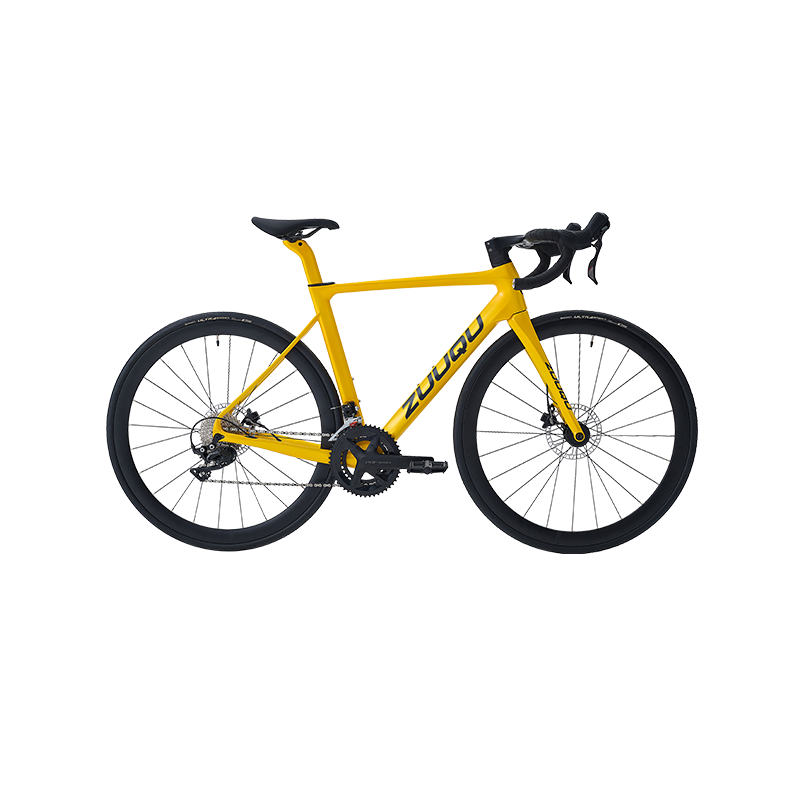
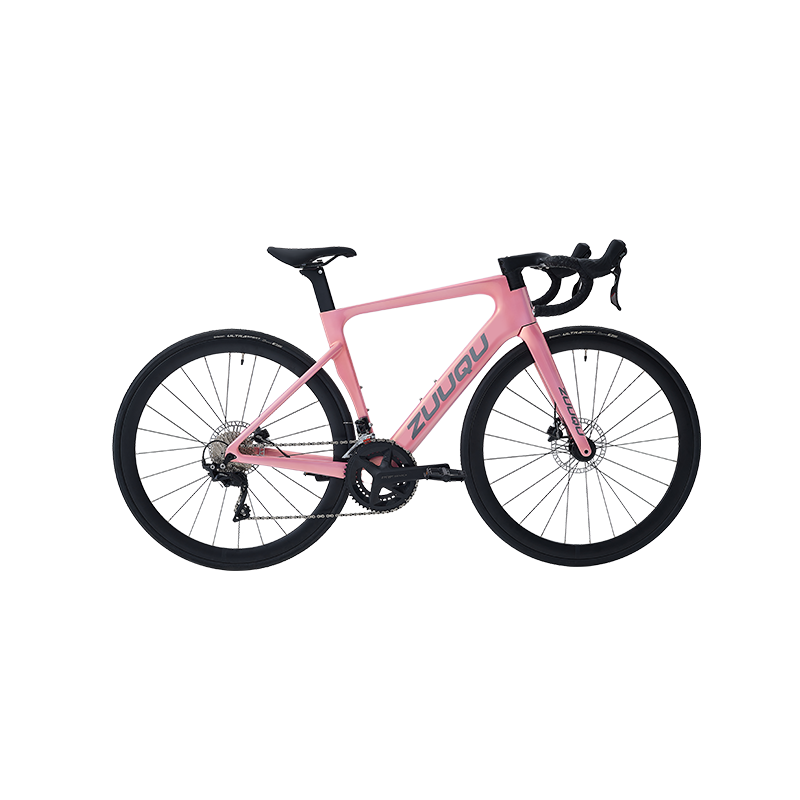
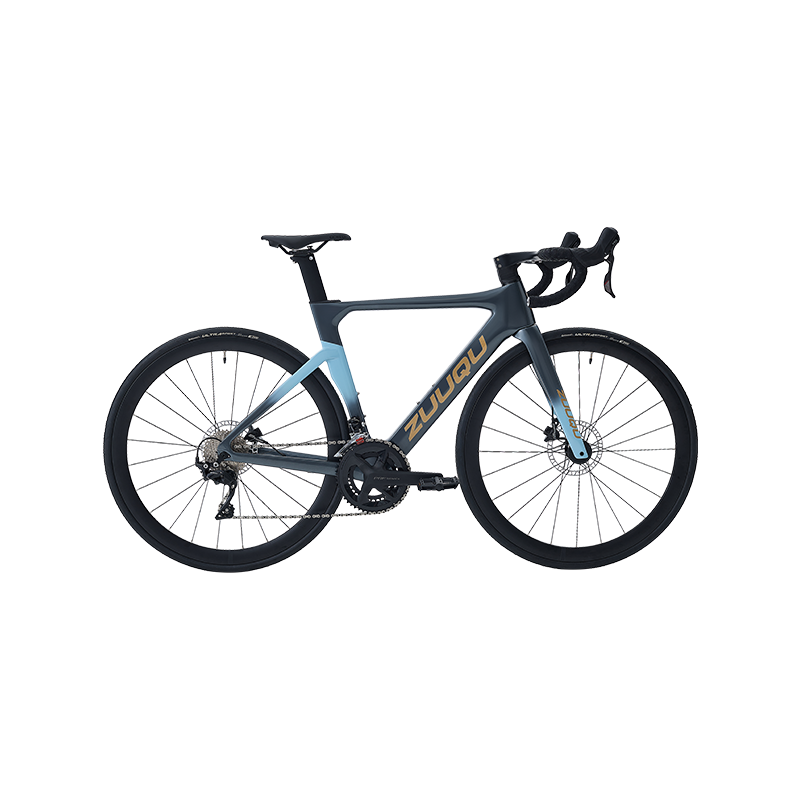
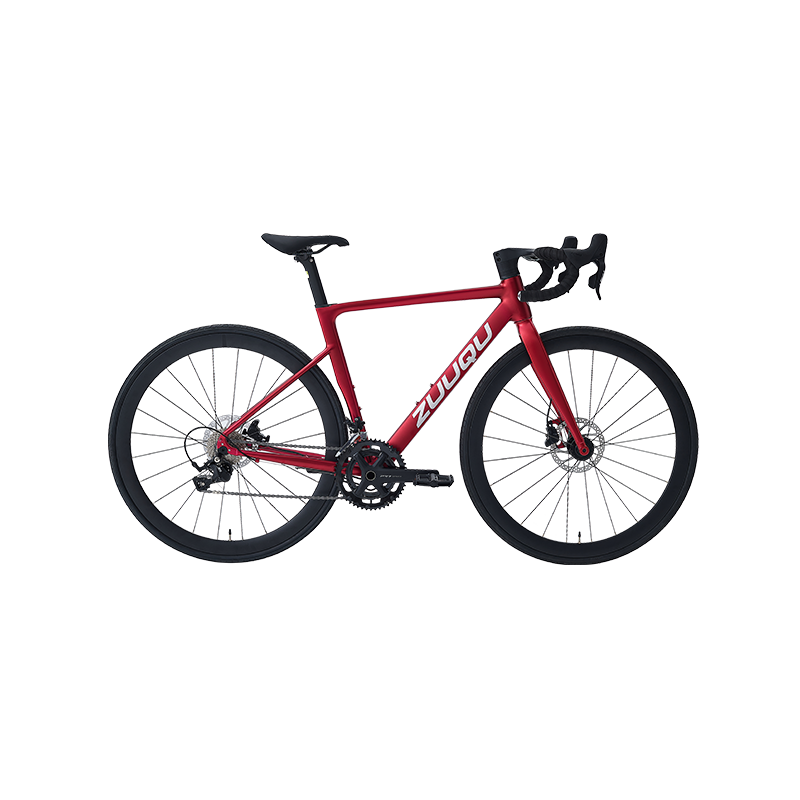
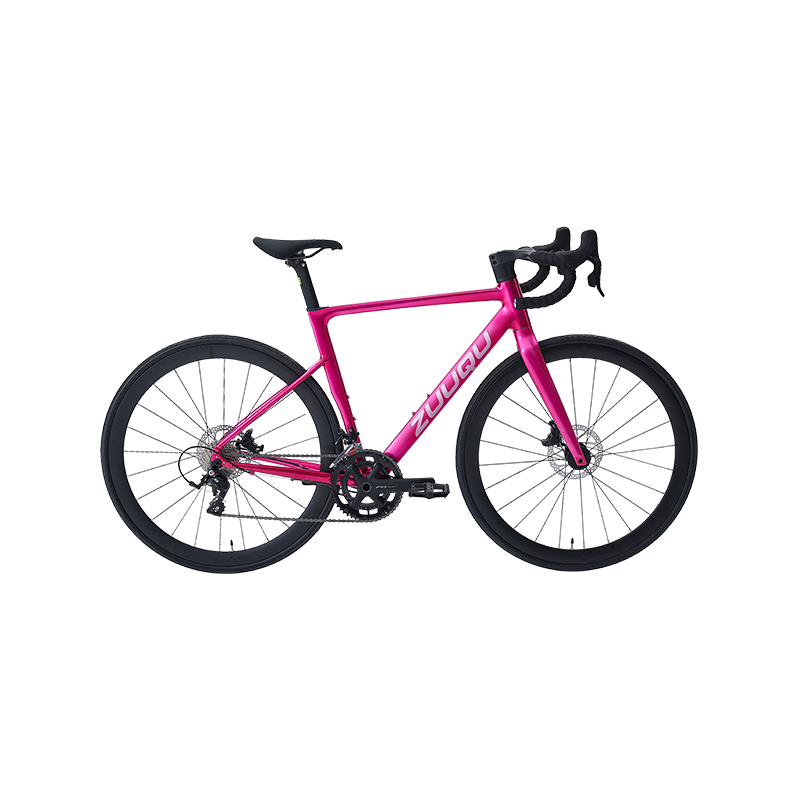

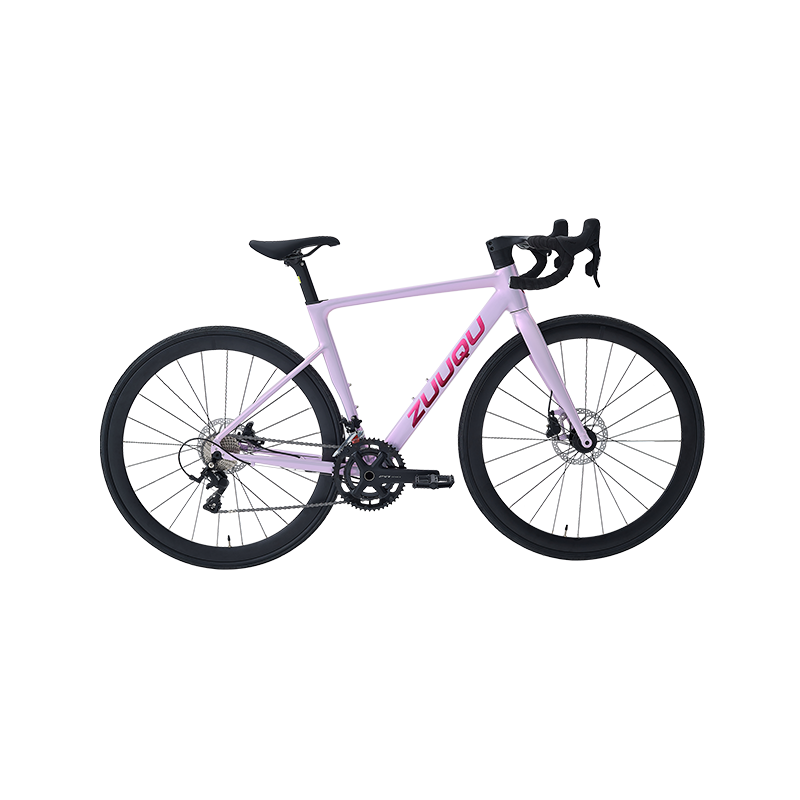
 Linhang industry park, Zhuji,
Linhang industry park, Zhuji,  +86-18858280688
+86-18858280688
